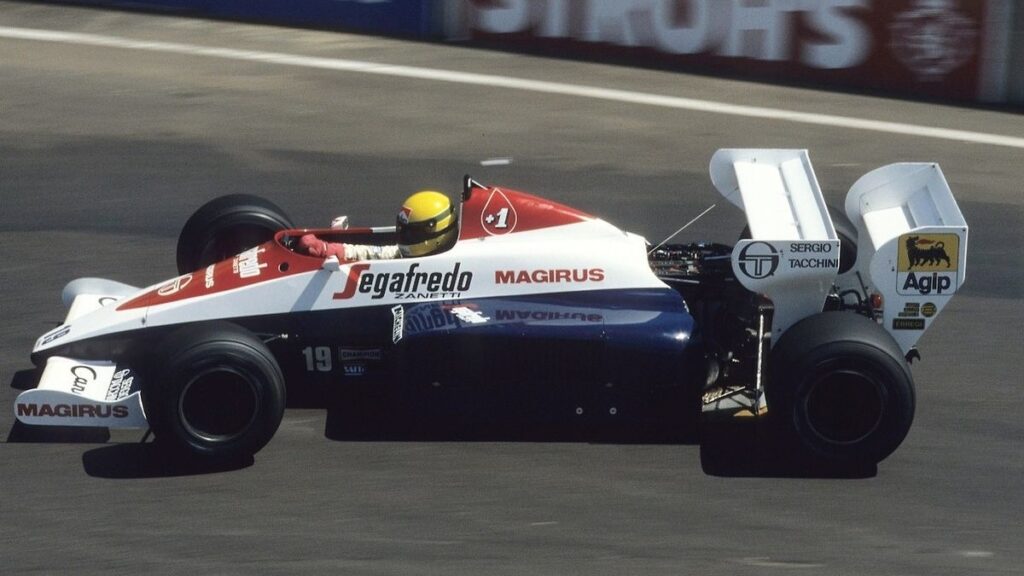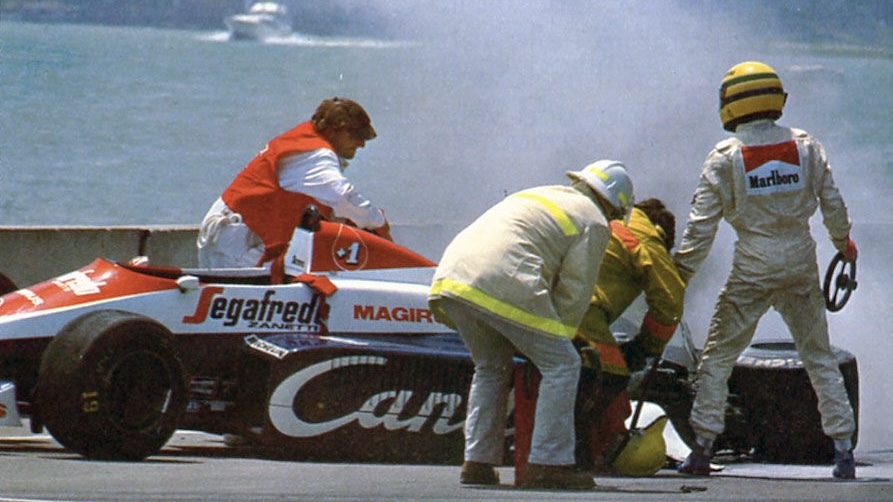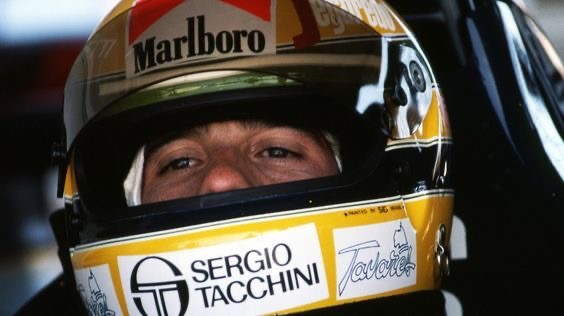On Ayrton Senna’s birthday, we recall one of the earliest episodes of his career: the first signs of the talent burning in the heart of the Brazilian, who died that tragic Sunday in May 1994 at Imola.
When we talk about legendary personalities within the world of motorsport, we often make the mistake of identifying their Legend status in the records they have conquered and the various positions in the rankings; fewer are the times, however, when we talk about the intrinsic qualities that have made them geniuses behind the wheel, that talent that, lap after lap, is perfected leading them to become unbeatable and enter Formula 1 history. Ayrton Senna is a case in point, the Brazilian who just today – March 21 – would have turned 65.
A talent broken too soon by the track, just where Beco‘s heart beat faster, between fearless overtaking at the limit and the records set aboard a single-seater that he could understand with a sensitivity that truly few could boast of having. A sensitivity capable of keeping under control every tiny element that surrounded him, managing to notice even the smallest change, testifying that perfection, on the track as well as in life, lies in the details. An example of this is the 1984 U.S. Grand Prix episode, held at Fair Park in Texas for the first and only time in the history of the top category.

The 1984 Dallas Grand Prix overview
Among the protagonists of the race weekend in Dallas in April of the early 1980s was the heat; the asphalt temperature touched 60 degrees, leading the qualifying tires to destroy themselves after not even one lap and the asphalt to crumble more and more with each passage of the single-seaters with numerous accidents, including that of Martin Brundle, which happened on Friday and led to the British Tyrrell-Ford Cosworth driver being unable to take part in the rest of the U.S. event.
Conditions that did not stop race management from interrupting the weekend, so the race was still held on Sunday. The front row of the Texas circuit was occupied by the two Lotuses, that of Nigel Mansell in pole position and that of Elio De Angelis, alongside the Briton. The South American rookie, on the other hand, was sixth at the wheel of his Toleman. As soon as the traffic lights went out, Ayrton Senna’s hunger was ignited and the Brazilian immediately attempted to reach the podium, but the attempt was unsuccessful leading the young Toleman driver to a puncture and to continue the rest of the race, following a pit stop, from the rear trying to climb up, single-seater after single-seater.

A feat that did not even succeed in the second half of the race: the then Brazilian rookie, in his debut season in Formula 1, went off the track during lap 47 in an attempt to climb back into the points zone. Once he returned to the pits, he had no doubt as to the reason for his retirement: the wall had moved. It is easy to imagine the reaction of the mechanics inside the garage, who looked at each other agreeing on the insanity of the newest Formula 1 recruit who thought cemented walls moved.
An original excuse concocted by the Brazilian to justify a rookie mistake, they thought; however, the team was faced with an immovable Ayrton Senna, who managed to convince his own team and his track engineer to conduct an inspection after the race was over. The result? That young Brazilian, who had already managed to prove he had that extra factor in the rain at Monaco, was right: the position of the wall had changed by a few millimeters leading inevitably to the driver not being able to avoid it by taking the usual trajectory.
“One of the drivers who had passed through that spot before Ayrton had touched one of the blocks on one side causing the opposite edge to protrude inward into the circuit by just a few millimeters,” Pat Symonds, Beco’s track engineer at the time at Toleman, had later explained.
An episode that allows us to remember with how precisely Ayrton Senna raced, from the very beginning of his career maintaining that fire of resolve lit up to the Curva del Tamburello on that tragic Sunday in May 1994. A tale that, on the Brazilian’s birthday, inevitably leads us to wonder what the course of events would have been if that accident at Imola had not taken away one of motorsport’s purest talents.
To Ayrton. Sempre presente, mesmo na ausência.
Photo: Pinterest.
